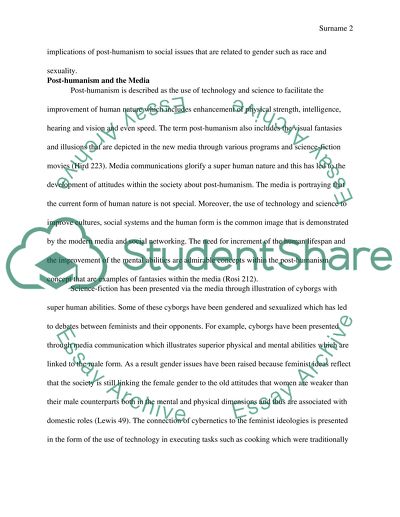Cite this document
(“Post-Humanism and Its Impact on Gender Essay Example | Topics and Well Written Essays - 3250 words”, n.d.)
Retrieved from https://studentshare.org/gender-sexual-studies/1394659-posthumanism-cybernetics
Retrieved from https://studentshare.org/gender-sexual-studies/1394659-posthumanism-cybernetics
(Post-Humanism and Its Impact on Gender Essay Example | Topics and Well Written Essays - 3250 Words)
https://studentshare.org/gender-sexual-studies/1394659-posthumanism-cybernetics.
https://studentshare.org/gender-sexual-studies/1394659-posthumanism-cybernetics.
“Post-Humanism and Its Impact on Gender Essay Example | Topics and Well Written Essays - 3250 Words”, n.d. https://studentshare.org/gender-sexual-studies/1394659-posthumanism-cybernetics.


